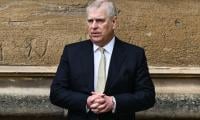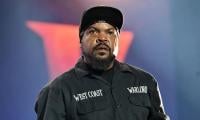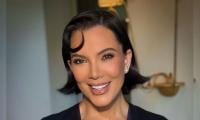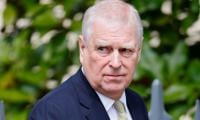BALTIMORE: The Federal Reserve must be careful about reacting to China's financial turmoil without seeing clear signs of danger for the U.S. economic outlook, a Fed policymaker said on Friday.Richmond Fed President Jeffrey Lacker said the Asian financial crisis of the late 1990s, which helped prompt interest rate cuts by the U.S. central bank, was a "great analogy" for viewing the current situation.
"People overestimated the implication of the Asian market volatility for U.S. growth and we overreacted," Lacker told reporters after a speech in Baltimore. "And I think we have to be careful not to overreact without evidence of significant effects on U.S. fundamentals."
The Fed raised its target interest rate last month by a quarter of a percentage point, ending seven years of near-zero rates.
Lacker, who does not have a vote on the Fed's rate-setting committee this year but will participate in its discussions, had pressed for rate increases earlier in 2015, but his colleagues balked after worries over slower economic growth in China triggered a global equities selloff.Speaking after the U.S. Labor Department reported a robust increase in nonfarm payrolls for December, Lacker said the data showed job growth was "very solid" and that wages were on a clear upward trend that suggested inflation could move higher this year.
He said he favors the Fed committing to a steady winding down of the massive trove of securities it acquired as part of its efforts to stimulate the economy in response to the 2007-2009 financial crisis.
The Fed's balance sheet should be wound down as quickly as it was built up, he said, adding that the central bank doesn't need to hold any more than $100 billion in excess reserves.
Meanwhile, Federal Reserve policymakers appear to have succeeded in their push last month to convince investors the central bank will hold on to its $4.5-trillion portfolio at least until next year, a Fed survey showed on Thursday.
Recent interviews with officials showed they were counting on the Fed's massive bond holdings to blunt some of the impact of interest-rate hikes this year. But they were also concerned that markets did not fully appreciate that the central bank was willing to hang on to the bonds for longer than thought only three or six months ago.
They said that apparent perception gap could explain in part why they are expecting a brisker series of rate hikes in 2016 than investors do. It was also a reason why, as it raised rates last month for the first time in nearly a decade, the U.S. central bank used new language saying it will keep its portfolio at its record size until rate hikes are "well under way."
The nudge, designed to push back expectations when the Fed would start shrinking its giant portfolio, seems to have worked.
The New York Fed's survey published on Thursday showed that before last month's rate hike most Wall Street dealers had expected the balance sheet to start shrinking around December.
But canvassed again on Dec. 18 most forecast the Fed would keep its $2.5 trillion Treasuries portfolio intact until March of next year, and its nearly $2 trillion mortgage-backed securities until January of 2017.
San Francisco Fed President John Williams told Reuters that by holding long-term borrowing costs down, the Fed's giant portfolio should give it some more headroom to raise rates without accidentally triggering an economic slowdown. Williams said that tightening at a brisker pace allows more leeway to cut rates should the recovery go sour, rather than relying on the "cumbersome" tool of quantitative easing if rates were still near zero."If we get that negative shock, we get a little bit of a cushion ... and of course we can adjust (rates) as needed," he said in an interview on Dec. 18.
The Fed is currently reinvesting proceeds from maturing assets, under a long-held plan. Doing so for even a few months longer than markets expect could depress longer-term borrowing costs and offset the planned tightening in short-term rates.
This faith in the ongoing stimulative effect of the giant portfolio, built up from $900 billion to boost the U.S. recovery from recession, could be tested if world financial markets continue to tumble as China's economy slows.















